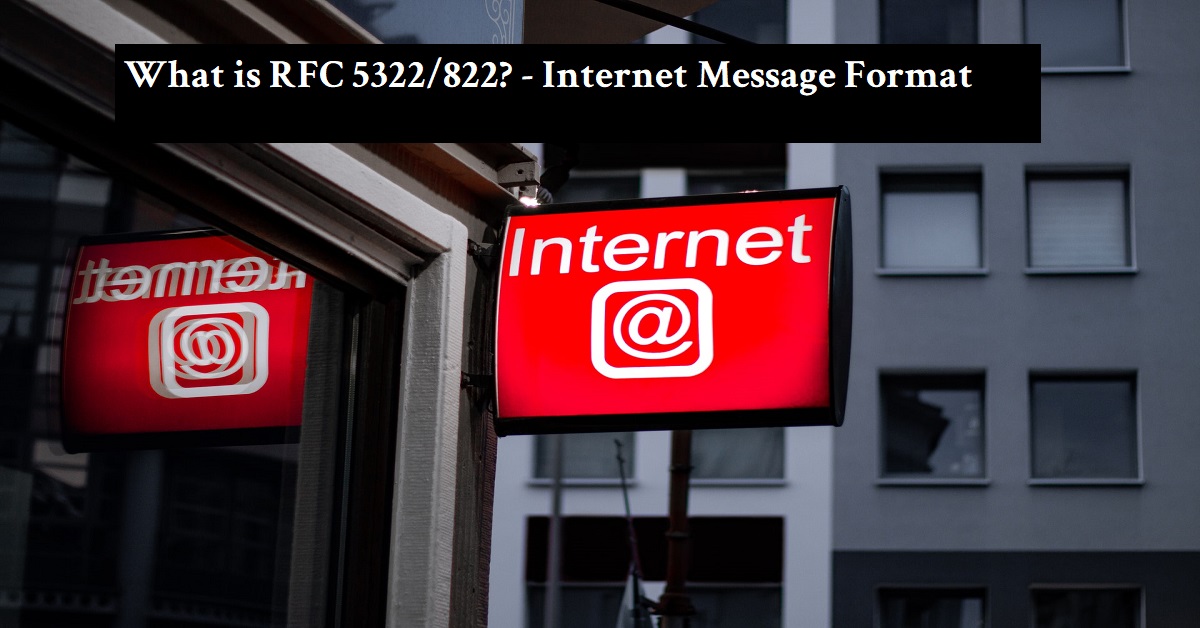Hello Dear Visitors, your most welcome in this domain(https://www.bittutech.com). you can learn a lot of things about various technical subjects and you can also learn tricks and tips for Android, Linux, Windows from here. Today, we are going to know about a very interesting topic – What is RFC 5322 and 822? and What do we mean by Internet Message Format? These things are very important for Computer Science Students and for those students who interested in Computer Networking.
Introduction of RFC 5322/822 mechanism
Table of Contents
In this post, we will cover various things that relate to RFC technology. There are the following topics that we are going to cover it here. you can reach a particular topic through this above Topic-head linked Table.
Before discuss about RFC technology, we have to know about Internet Standard Message Format.
What is Internet Standard Message Format?
This is a part of the transport layer that exists in most of the network models. This layer works as a transmitter to transmit your data in a standard format according to the layer protocol. Message sent by the User Agent must be placed in a standard format to be handled by the message transfer agents.
There are mainly two types of Standard Message Format–
- RFC 5322/822 –
- MIME (Multipurpose Internet Mail Extensions)
First we will look at the basic ASCII email using RFC 5322, which is the latest revision of the original Internet Message Format as described in RFC 822. After that, we will look at multimedia extensions to the basic format.
What is RFC 5322 – The Internet Message Format
RFC is nothing but only the name of a technology that is followed by all the internet messages, sending/receiving through the user to others. For example – All messages consist of a primitive envelope, some number of header files, a blank line, and then the message body. Under the RFC mechanism, Each header field (logically) consists of a single line of ASCII text containing the field name, a colon, and, for most fields, a value.
The Original RFC 822 was designed decades ago and did not clearly distinguish the envelope fields from the header fields. Although it has been revised to RFC 5322, completely redoing it was not possible due to its widespread usage. In normal usage, the user agent builds a message and passes it to the message transfer agent, which then uses some of the header fields to construct the actual envelope, a somewhat old fashioned mixing of message and envelope.
So now, we are going to see about the principal header fields related to message transport.
| Header | Meaning |
| To: | Email address(es) of the Primary recipient. |
| Cc: | Email address(es) of Secondary recipient. |
| Bcc: | Email address(es) for blind carbon copy |
| From: | person or people who created the message |
| Sender: | Email address of the actual sender. |
| Received: | Line added by each transfer agent along the route. |
| Return-Path: | Can be used to identify a path back to the sender. |
Those are major fields that are necessary to define, if we want to make a full control over a message. especially, it works better for sending/receiving an email to others.
- To: This field gives the DNS address of the primary recipient. Having multiple recipients is also allowed.
- Cc: This field gives the address of any secondary recipients. In terms of delivery, there is no distinction between the primary and secondary. The term Cc: (carbon copy) is a bit dated since computers do not use carbon paper, but it is well established.
- Bcc: This field is like the Cc: field, except that this line is deleted from all the copies sent to the primary and secondary recipients. This feature allows people to send copies to third parties without the primary and secondary recipients knowing this.
- From: This field for who wrote the message.
- Sender: This field for who sent the message.
- Received: This field added by each message transfer agent along the way. The line contains the agent’s identity, the date and time the message was received, and other information that can be used for debugging the routing system.
- Return-path: This field is added by the final message transfer agent and was intended to tell how to get back to the sender. In theory, this information can be gathered from all the Received: headers(except for the name of the sender’s mail-box), but it is rarely filled in as such and typically just contains the sender’s address.
These all fields are used to accommodate the user information and message information that are required to send/receive an email as a standard form.
Last words: First of all, Thank you so much for reading this article and thanks for visiting this domain. You can also learn other technical things in this domain. you can join us on the social networks. We will meet soon with a new interesting post. Stay tuned with us as always.




